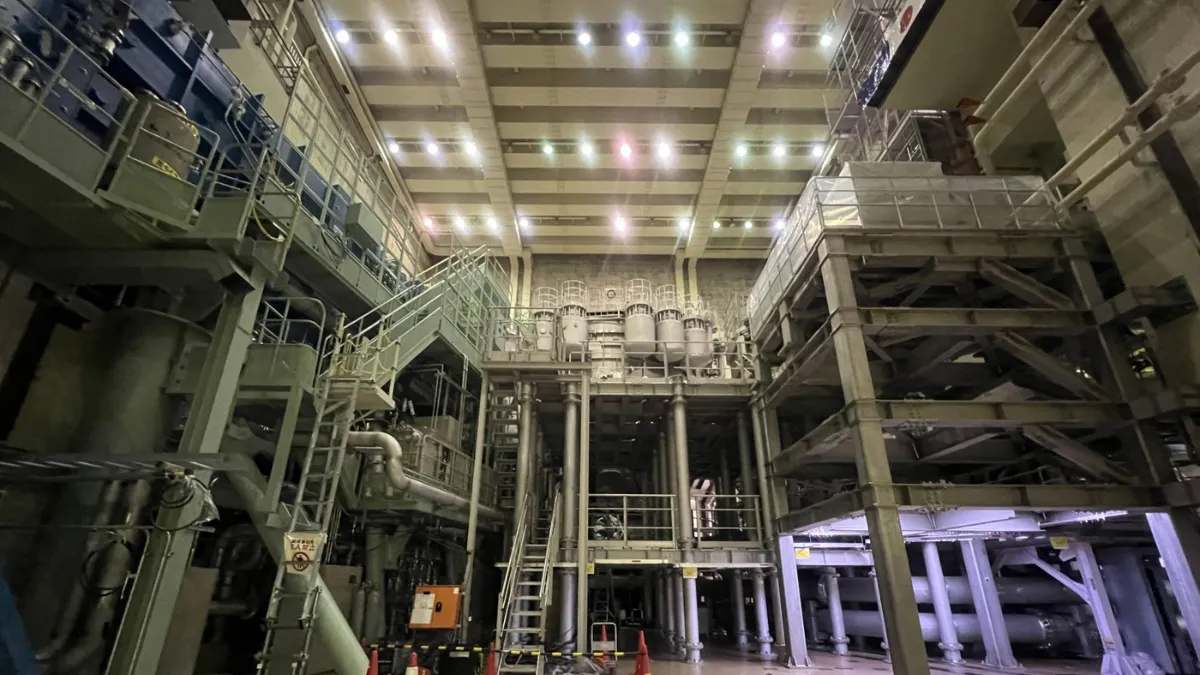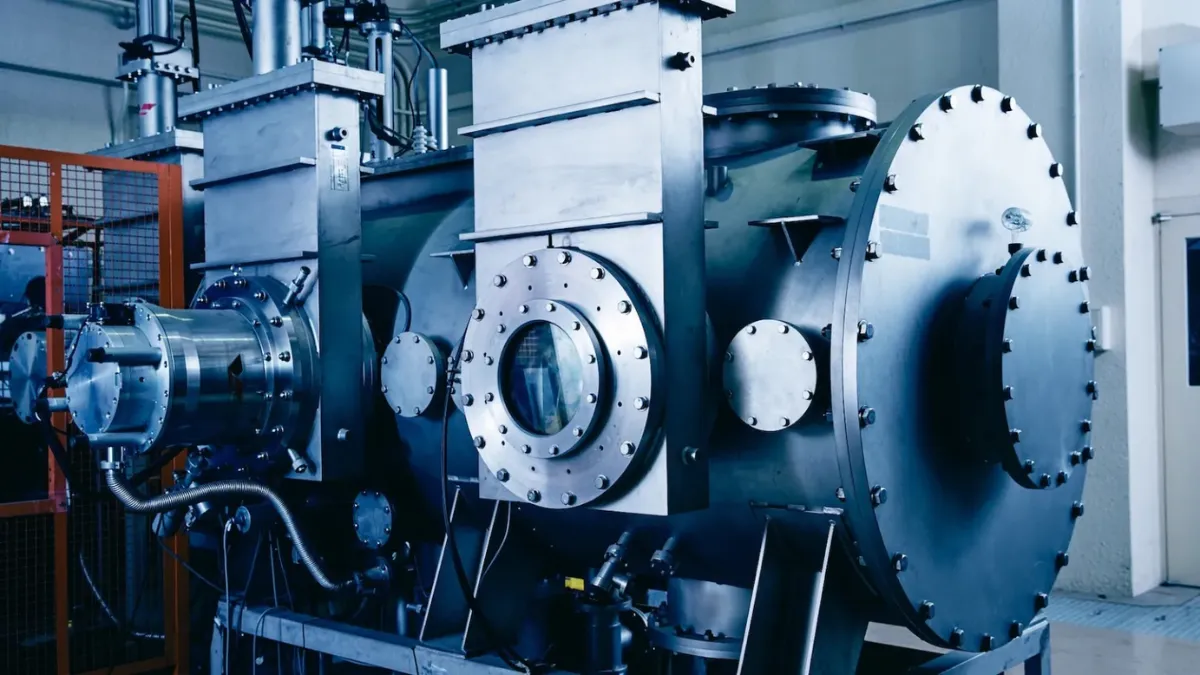Japan’s Fusion Energy Innovation Strategy
by Kyoto Fusioneering
In April, the Japanese Government officially announced its first nuclear fusion strategy, backing up the collaboration between public and private sectors to accelerate the commercialisation of fusion energy.
So what have they done and why is it significant?

The JT-60SA, a nuclear fusion experiment device at the Naka Fusion Institute of the National Institutes for Quantum Science and Technology in Naka, © Ibaraki Prefecture.
What have they done?
On April 13th, the Japanese Government announced its inaugural fusion strategy, the Fusion Energy Innovation Strategy. Later that month, the Cabinet Office held an event in Washington DC, USA, to showcase Japan's technological capabilities and explain its strategy. The government aims to establish a Fusion Industry Council by year-end, and is making significant efforts to promote industrialisation in order to accelerate the commercialisation of fusion technology.
More details, please
The Fusion Energy Innovation Strategy highlights Japan's national approach to fusion energy, driven by the mission to reduce carbon emissions and ensure energy security.
The strategy strongly emphasises the conventional approach of developing DEMO reactors from the ITER programme. However, in parallel, there is a clear intention to enter into the global supply chain—a move in response to accelerating R&D competition and supply chains being established globally in the wake of start-ups with ambitious power generation targets in the US, UK and elsewhere.
To achieve this goal, the strategy outlines a three-step plan to create a fusion industry ecosystem in the future:
1. Visualise the target of the fusion strategy, which will encourage private sector participation and increase industry predictability.
2. Connect elemental fusion technologies with other technologies, thereby creating the seeds of industrialisation.
3. Foster collaboration and support the private sector in bridging the gap between technological seeds and industrial needs. It also seeks to standardise safety regulations through discussions with like-minded groups of countries.

©Kyoto Fusioneering website
Why is it important?
Alongside the UK and the US, Japan is another major economy to announce a dedicated fusion strategy with their aim to commercialise fusion technology and build a fusion industry ecosystem. This is important because strong government support will be vital to the success of fusion.
Compared to other countries, Japan is relatively dependent on external sources of energy, making this also a critical issue for the country.
Fortunately, Japan has a technological edge in manufacturing, a strong research infrastructure, and a robust human resource development system to support these industries. The government is committed to maintaining and strengthening these capabilities, ensuring that Japan remains a key player in the global fusion industry and a sought-after partner for other countries. This, in turn, will enable Japan to contribute to the broader goal of commercialising fusion energy.
What’s next?
The Fusion Industry Council should be set up by the end of the year. Alongside this, the Japanese government plans to enhance support for start-ups, compile the outcomes of discussions with like-minded countries, and explore ways to support research and develop human resources.
One key question is whether the new technologies and innovations developed during industrialisation can be applied to promote the development of DEMO reactors and create the foundations for a future fusion industry ecosystem. The world will be closely watching Japan's future developments to see how it balances these priorities and helps to shape the future of fusion energy.
